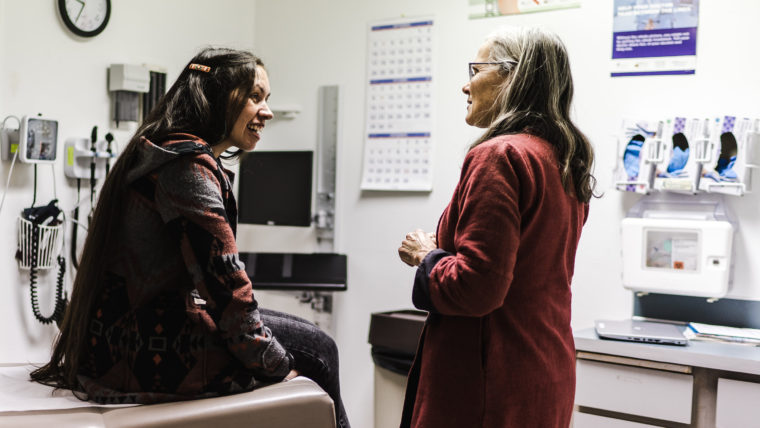The 2019 Novel Coronavirus (2019-nCoV) is an upper respiratory virus that can lead to lower respiratory illnesses like pneumonia and bronchitis. It was first identified in Wuhan City, China and is more common in people with cardiopulmonary disease, people with weakened immune systems, infants, and older adults. 1
Eleven cases have been confirmed in the United States as of February 3, 2020, and the CDC is providing regular updates on cases and locations on their website at cdc.gov/ coronavirus/2019-ncov/cases-in-us.html. 2
Are you at risk of contracting 2019 Novel Coronavirus?
While CDC considers this a very serious public health threat, based on current information, the immediate health risk from 2019 Novel Coronavirus to the general American public is considered low at this time. 3
Currently, there is no vaccine for 2019 Novel Coronavirus. 3
What are the symptoms?
- Fever
- Cough
- Shortness of breath 4
Symptoms may appear as soon as two days or as many as 14 days after exposure. 4
How is 2019 Novel Coronavirus treated?
There is no specific antiviral treatment recommended for 2019 Novel Coronavirus. People infected should receive care to help relieve symptoms. For severe cases, treatment should include care to support vital organ functions. 5
Seek medical
attention if your illness is worsening (e.g.
shortness of breath or difficulty breathing).
How is the virus spread?
Health experts are still learning the details about how this virus spreads, but other coronaviruses spread from an infected person to others through:
- the air by coughing and sneezing
- close personal contact, such as touching or shaking hands
- touching an object or surface with the virus on it, then touching your mouth, nose, or eyes before washing your hands
- rarely, fecal contamination 3
How can you protect yourself?
There are steps you can take to reduce your risk of contracting 2019 Novel Coronavirus:
- Wash your hands often with soap and warm water for at least 20 seconds.
- Use an alcohol-based hand sanitizer that contains at least 60% alcohol if soap and water are not available.
- Avoid touching your eyes, nose, and mouth with unwashed hands.
- Avoid close contact with people who are sick.
- Stay home when you are sick, except to get medical care.
- Wear a face mask.
- Cover your cough or sneeze with a tissue, then throw the tissue in the trash.
- Clean and disinfect frequently touched objects and surfaces.
It is also important for people to stay at home and away from others if they are sick. 5
References
- Coronavirus. (2019, August 6). Retrieved January 28, 2020, from https://www.cdc.gov/coronavirus/about/symptoms.html
- U.S. Coronavirus Cases. (n.d.). Retrieved from https://www. worldometers.info/coronavirus/usa-coronavirus/
- Coronavirus. (2019, August 6). Retrieved from https://www. cdc.gov/coronavirus/about/transmission.html
- Coronavirus. (2019, August 6). Retrieved January 28, 2020, from https://www.cdc.gov/coronavirus/about/symptoms.html
- Prevention, Treatment of Novel Coronavirus (2019-nCoV). (2020, January 26). Retrieved from https://www.cdc.gov/ coronavirus/2019-ncov/about/prevention-treatment.html

